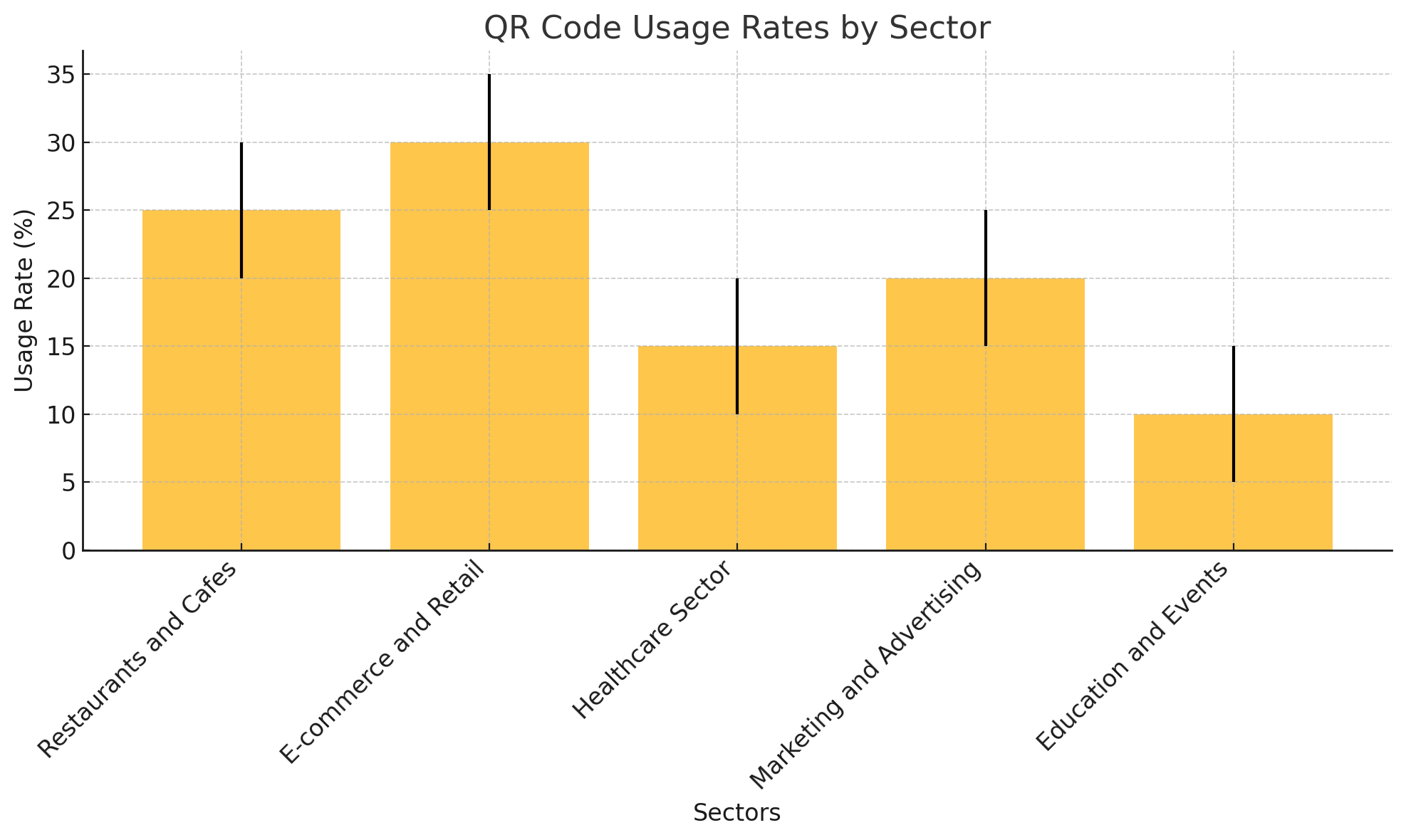QR codes have become a practical tool that bridges the physical and digital worlds. Widely used in restaurant menus, payment systems, marketing campaigns, and event tickets, this technology simplifies daily life. However, it is also susceptible to misuse by malicious actors. This article will explore how to use QR codes safely in detail and help users take precautions against potential risks.

What to Consider Before Scanning QR Codes?
Before scanning a QR code, it is essential to consider its source and context. The environment, language used, and visual design of the code provide important clues about its reliability.
Verify the source of the code before scanning. Avoid scanning QR codes found in random public places or those that appear tampered with. Stick to codes found in official documents, reputable brands, or trusted contexts.
How to Detect Fake QR Codes?
Fake QR codes can redirect users to malicious websites or trigger harmful software downloads. These fraudulent codes often exhibit certain distinguishing features.
Detect fake QR codes by checking the visual quality of the code, analyzing the URL it redirects to, and evaluating its context. Ensure the URL starts with HTTPS; otherwise, it may be suspicious. Look for brand logos or other markers that authenticate the code.
Tips and Suggestions for Safe QR Code Usage
Safe QR code usage requires more than just technological precautions; it also demands conscious user behavior.
Use reliable QR code scanners to reduce risks. Many scanner apps analyze the URL after scanning and notify the user of potential threats. Only enter personal or payment information on verified links.
Are QR Codes a Cyber Threat? How Can You Ensure Your Security?
QR codes themselves are not harmful; the real threat lies in the links they lead to. These links can open the door to scams or data breaches.
To ensure your security, only scan QR codes from sources you know and trust. Use scanner apps to preview URLs and verify if they lead to secure sites.
Avoiding Fraud with QR Codes: Do’s and Don’ts
Fake QR codes are commonly used for fraud. Users must follow certain key practices to avoid falling victim to such schemes.
Ensure the environment where the QR code is placed is trustworthy. Be cautious when scanning codes in public areas and prefer using apps over direct links for transactions. Avoid scanning codes from unknown individuals or sources.
In Which Situations Should You Avoid Using QR Codes?
Not every situation is suitable for scanning QR codes. Public spaces and uncontrolled environments pose significant risks.
Avoid scanning QR codes from random posters, streetlamps, or any suspiciously placed codes. Be extra cautious in environments where multiple QR codes are present, and verify the authenticity of the codes before scanning.
Tools and Applications for Secure QR Code Scanning on Mobile Devices
Specialized QR scanner apps for smartphones can help users scan codes securely. These apps often include features like threat detection and URL verification.
Trusted apps like Kaspersky QR Scanner, Norton Snap, and Avira QR Scanner are excellent choices. These applications not only decode the code but also analyze the link to inform users about potential threats.
Things to Consider When Using QR Codes in Email and Social Media
Email and social media platforms are common avenues for QR code scams. Fraudulent codes often include enticing offers or urgent requests.
Verify the sender’s identity before interacting with QR codes from emails or social media. Ensure that the link associated with the code belongs to an official site. Avoid scanning codes if you have any doubts about their authenticity.
Secure QR Code Apps for Enterprises: Protect Customer Information
Businesses frequently use QR codes to engage with customers. However, poor implementation can expose customer data to risks.
Enterprises should customize their QR codes to match their branding, enhancing security. Using dynamic QR codes allows businesses to update their content as needed and minimize threats. Moreover, ensure that the websites linked to QR codes use encryption protocols (HTTPS).
Creative Ways to Improve Security Using QR Codes
QR codes not only simplify user experiences but can also enhance security when used correctly.
Add logos, unique colors, and designs to QR codes to make them harder for malicious actors to replicate. Additionally, integrate QR codes with two-factor authentication (2FA) processes to improve security for sensitive transactions.
QR codes have become a practical tool in daily life. However, improper usage can pose significant risks. Verifying the source, using reliable scanners, and being a vigilant user are fundamental ways to minimize these risks. Safe usage of QR codes will enhance the digital security of both individuals and businesses.
How are the usage rates of QR Codes around the world by year?

QR code usage rates vary by sector and geography, with restaurants and cafes utilizing them for menus and payment systems at rates of 25-30%, e-commerce and retail employing them for discounts and product details at 30-35%, the healthcare sector leveraging them for appointments and information sharing at 15-20%, marketing and advertising integrating them into campaigns and promotions at 20-25%, and education and events adopting them for tickets and content access at 10-15%. These rates have shown variability, with significant growth in the restaurant and healthcare sectors post-pandemic; for more precise data, consulting industry reports or online resources is advisable.




